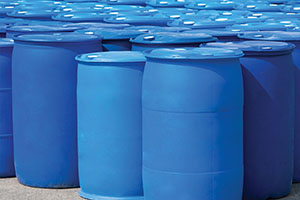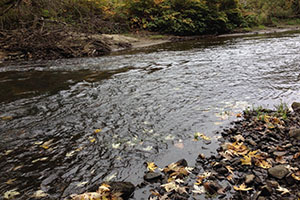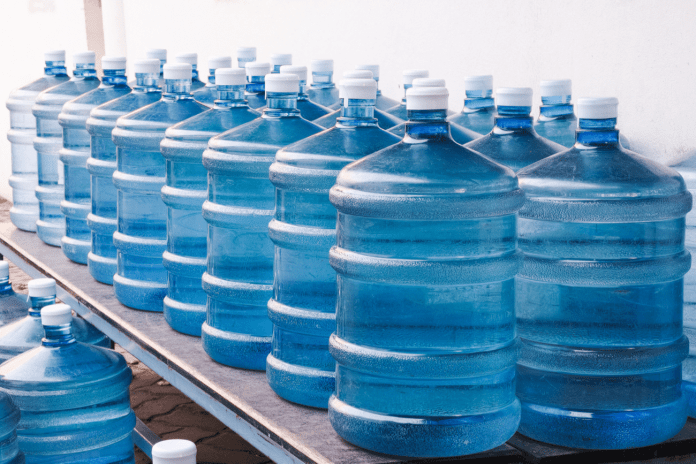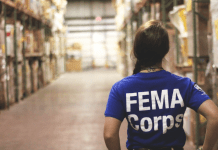Water is essential to human life, without it we will perish within three days on average. It’s also a tool we not only need a lot, but it needs a huge amount of storage space. With a gallon of water weighing more than 8 pounds and humans consuming about one gallon a day, you can see how the weight is added and how the space needed is eaten up.
How much water do we need to store? How do we store enough water to support us in a SHTF situation? And which is the best water-storage method?
How Much Water Do We Need to Store?
The general rule of thumb is one gallon, per person, per day. In addition to what we need to drink, this takes into account the water needed for the washing and cooking.
What this means is that for a family of four, a three-month supply will require 360 gallons of clean drinking water, weighing nearly 3,000 pounds. Imagine what looks like 360 milk jugs, now try to imagine so many one gallon jugs were stashed around your home. Below is a short rundown of what sort of volumes we are addressing.
Gallons Per Family of Four
3 days = 12 gallons approximately 100 pounds and 1.6 cubic feet
1 week = 28 gallons approximately 230 pounds and 3.74 cubic feet
1 month = 120 gallons approximately 1,000 pounds and 16.04 cubic feet
6 months = 730 gallons approximately 6,000 pounds and 97.59 cubic feet
1 year = 1460 gallons approximately 12,000 pounds 195.17 cubic feet
With this kind of space requirements efficiency is key.
Related: Top 20 Places to Hide Your Survival Water Stockpile
How to Store Water for SHTF
There are many methods in which water is processed and the dilemma is that there is no one process that is suitable for all. The answer lies in three things, how much water you want to store, how much space you have at your disposal and how much access you have to natural water sources.
Water Bottles


It is easy enough to go to Costco and buy flats of water bottles for your water storage preps.
It comes with two major issues, first is that water bottle flats do not reflect an effective use of space, and second is that the plastics in those bottles will leech into the water along with the bottles themselves rotting and becoming unstable.
They do have the advantage of being very easy to reuse because you can only use older bottles to drink from when you buy a new flat, and water bottles are easier to grab and go in a bug-out scenario than other methods.
You can also refill any old bottles of water, juice or soda with clean drinking water as long as you take the time to clean and sanitize the bottles before filling.
Large Water Containers


The sky is the limit of what you can buy for your water supply, but we should remember one old adage, ‘do not place all your eggs in one basket.’ Quite wide containers have three issues which need to be tackled.
Secondly, the bigger they are when they are completed, the heavier they are, and in turn they may become difficult to move around. A 55 gallon water tank weighs 450 lbs. The second is that, if all of your water storage is in one container, if it is polluted or the vessel is damaged, months of water may be lost instantly. The last is that, they’re not waterproof at all, and you’ll be forced to leave a lot of water behind if you decide to bug it out.
The major advantage is you can buy containers that suit your space and make complete and effective use of it. You will find a size and shape that will match your room with options from 20 gallons to well over a thousand gallons.
Many of these containers and tanks can be stacked on top of each other, maximizing space use, much more so than water bottle flats or a gallon jugs. There are also water tanks which are specifically designed to be stored in the elements outside.
Related: 10 Places to Find Water in the City Post-SHTF
Natural Sources


This is a two-pronged approach to stocking your water. When you have a nearby supply of water you can use it as ‘grey water’ for bathing, flushing toilets, etc. Using a natural source of water for everything but food preparation and drinking would effectively double the lifespan of your stockpile.
You can also invest in filtering the water into a filtration system, making it safe to drink. This too has some drawbacks, the first is that it is unwise to put all the water hopes and dreams on a filtration device that can fail, second is that in SHTF the water may become unfit because it is contaminated with chemicals, heavy metals, radiation or viruses.
Related: How to Purify Water with Charcoal
What Is The Verdict?
As far as preparation goes, we all have different needs and we need to take our situation and what we are preparing for into careful consideration when planning our water storage.
For example if you live in an apartment, storing water in the form of water bottles will probably be simpler and more effective. This makes greater use of the limited spaces available in apartments and condos, and is easier to take with you during a bug out because it is not advisable to hide inside an apartment or condo.
If your intention is to bug in and you have a single family home or some land, it’s a good idea to buy specially built water tanks. In this case though when it comes to water, it is still important to have a bug out plan. Since you won’t be able to lift, let alone take more than 20 gallons of any container, you need to have smaller containers ready to go for your bug out bags and vehicle.
Large storage choices like 55 gallon drums are possibly the best choice for most people looking to set up a water storage system for a long term. You can set up a rack to store them horizontally with a little DIY skills, and stack one on top of each other. Also, 55 gallons of drums are good choices, since each one is about 14 days of water for a family of four. This makes it easy to keep track of exactly how much water you have on hand and how much you left when using it in each drum.





















